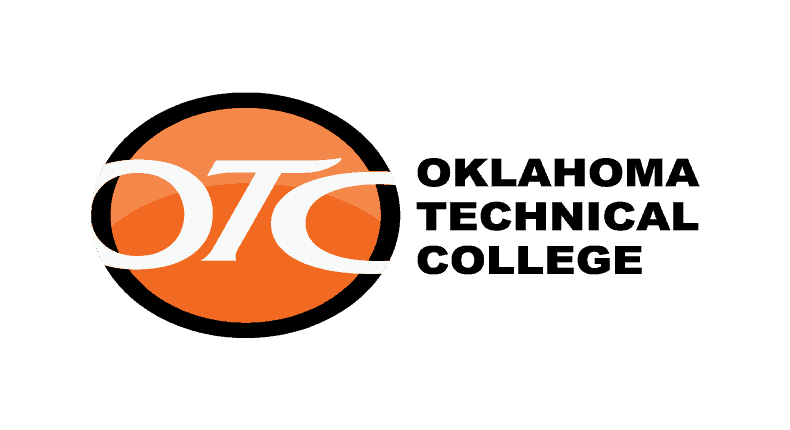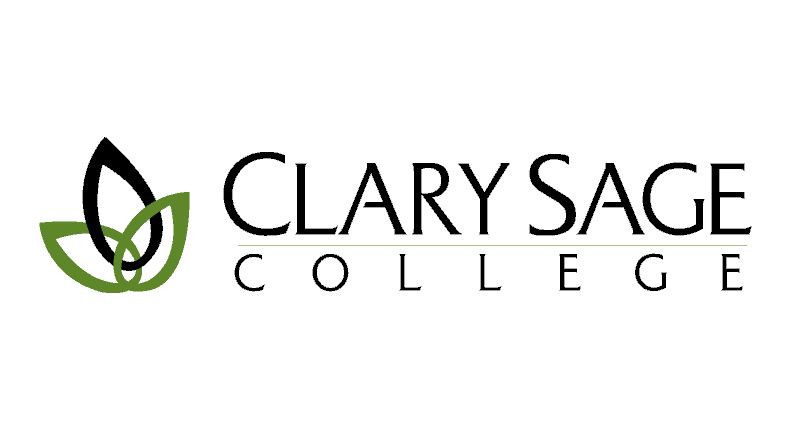By Sharon Truelove
The Sternocleidomastoid is a muscle that can be seen and palpated easily. Attached at the sternum, the clavicle and the mastoid process which is behind the ear; sternocleidomastoid (SCM) allows the head to turn and also helps to maintain stability of the head when the body is in movement.
When trigger points are present in SCM, they may cause are great variety of symptoms that are often misdiagnosed and can be divided into four groups.
Balance problems
Referred pain
Visual disturbances
Systemic problems
Causes of SCM trigger points are often caused by holding postures too long or abnormally or injury. Examples are holding your head back to work (painting a ceiling), holding the head turned to one side (sleeping on your stomach), lower body issues that cause abnormal posture can cause the neck muscles to be overtaxed in an effort to compensate, whiplash, heavy lifting, respiratory problems.
Part I will discuss balance problems. Trigger points in the clavicular branch of SCM can cause:
Dizziness
Nauseous
Tendency to lurch or fall
Fainting
These symptoms may last anywhere from a few minutes to days and often physicians may diagnose someone with vertigo or Meniere’s disease.
The myofascia in the clavicular branch of SCM helps with spatial orientation. When the tissues tighten it can send confusing signals to the brain. These trigger points can also cause unilateral deafness because of tiny stapedius and tensor tympani muscles that attach to the tiny middle ear bones; much like winding a guitar string too tight, vibrations are inhibited in the inner ear. Massage of the jaw and SCM trigger points has been reported to bring back normal hearing.
To massage the clavicular branch of SCM first locate it by turning your head to one side. While looking in a mirror, firmly grasp that cable of muscle that pops ups between your fingers and thumb and knead it. This simple technique has been known immediately cure pain that it may cause. You should not have to spend more than a couple of minutes on each side daily. Don’t massage if you feel a pulse, this is probably the carotid pulse.
Locate your own SCM and see if there are any tender spots. If so, massage them out and report your findings. If you happen to be so lucky as to not have any tender SCM points, find someone who does and help them feel better.










Comments are closed.